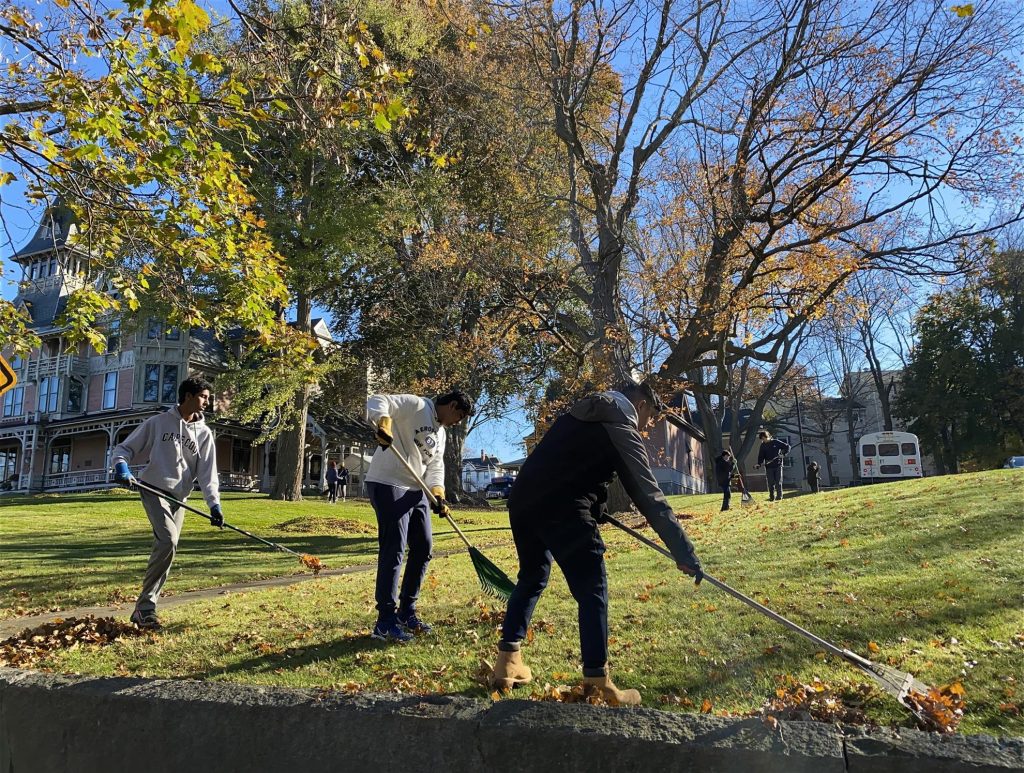Let’s be honest. When you hear “regenerative agriculture,” you probably picture a farmer on a tractor, right? Well, think bigger. This isn’t just a niche farming method. It’s a fundamental shift in how we relate to our land and our food. And with any massive shift comes a wave of opportunity.
Regenerative ag is about rebuilding soil health, increasing biodiversity, and improving water cycles. It’s farming that gives back more than it takes. And honestly, the business world is starting to catch on. This is a multi-billion dollar frontier, and the pioneers aren’t just growers. They’re innovators, technologists, and community builders. Let’s dig into the soil of this opportunity.
The Core of the Matter: Direct-to-Consumer Models
This is where many get their start. It’s personal, it’s direct, and it builds a loyal community around your brand.
Regenerative Farm-Fresh Box Schemes (CSAs)
The classic Community Supported Agriculture (CSA) model gets a regenerative upgrade. You’re not just selling vegetables; you’re selling a story of renewal. Members pay upfront for a season of shares, which gives you crucial capital and a guaranteed market. The twist? You can include more than just kale and carrots.
Think pasture-raised eggs, regeneratively grazed meat, and even value-added products like small-batch sauerkraut or herbal teas from your diverse cover crops. It’s a full-diet, ecosystem-in-a-box.
Pastured Livestock and Poultry
This is a huge one. Managing chickens, pigs, or cattle on pasture in a way that mimics natural herds is a cornerstone of regenerative systems. The animals do the work—fertilizing, tilling, pest control—while you manage the process.
The business model? Selling premium meat, eggs, and dairy directly to consumers who are increasingly concerned about animal welfare and environmental impact. You know, the kind of products you can’t find in a typical supermarket.
Beyond the Farm Gate: The Supply Chain Revolution
Not everyone wants to be a farmer, and that’s fine. The real scale happens in connecting regenerative producers to the wider world.
Aggregation and Distribution Hubs
Smaller regenerative farms often struggle to meet the volume demands of restaurants, grocery stores, and institutions. This is a golden opportunity. You can create a regional hub that aggregates products from multiple trusted farms.
You handle the logistics, the marketing, the sales, and the delivery. The farms get to focus on what they do best: regenerating the land. It’s a win-win and a critical piece of infrastructure for the whole movement.
Value-Added Product Innovation
Take raw, regenerative ingredients and transform them. This is where creativity meets commerce.
- Regenerative Grains: Think artisan bread, pasta, or even craft beer and spirits made from regeneratively grown wheat, rye, or barley.
- Regenerative Oils: High-quality cooking oils from sunflowers or safflower grown in diverse cover crop mixes.
- Skincare and Apothecary: Herbal salves, tinctures, and soaps made from medicinal plants integrated into the farm landscape.
The market for clean-label, ethically sourced products is exploding. Your story is your biggest asset.
The Tech and Services Ecosystem
Okay, this might surprise you. Some of the most exciting regenerative agriculture business opportunities aren’t in the dirt at all. They’re in data, software, and support services.
Soil Carbon and Ecosystem Service Markets
This is a big deal. Farms that sequester carbon in their soil can now get paid for it through carbon credit markets. But measuring and verifying that carbon is complex. That’s the business opportunity.
Companies are emerging as intermediaries. They use remote sensing, soil sampling, and sophisticated software to quantify a farm’s carbon drawdown and other ecosystem benefits. They then connect those farms to corporations looking to offset their emissions. You’re selling a service that helps farmers get paid for being part of the climate solution.
Consulting and Education
Transitioning from conventional to regenerative management is a paradigm shift. It’s not easy. There is a massive need for knowledgeable consultants who can guide farmers through the process.
This could involve:
- Designing holistic grazing plans.
- Implementing no-till systems.
- Financial planning for the transition period.
- Running on-farm workshops and online courses.
If you have the expertise, you can build a thriving business empowering others.
Tourism and Experiential Offerings
People are hungry for connection—real connection to where their food comes from. A regenerative farm is a living, breathing classroom and a sanctuary.
Why not open your gates? Well, not your gates, but you get the idea.
- Farm-to-Table Dinners: Host exquisite dining experiences right in the field, featuring your own products.
- Educational Workshops & Farm Stays: Teach people about soil health, composting, or animal husbandry. Offer a place for them to unplug and reconnect.
- Agritourism Venues: The beautiful, diverse landscape of a regenerative farm makes for a stunning wedding or event venue. It’s a story couples would love to tell.
The Reality Check: Challenges and Considerations
It’s not all sunshine and fertile soil. The path has its bumps. The transition period can be financially tricky for farmers. Consumer education is still a huge task—you have to explain why your product costs more. And the supply chains, as we mentioned, are still being built.
That said, the demand is real and growing. The pain points of conventional agriculture—degraded soil, chemical inputs, water issues—are becoming too big to ignore. The market is ready for an alternative.
So, Where Does That Leave Us?
Look, regenerative agriculture is more than a set of practices. It’s a mindset. It’s about creating businesses that are not just less bad, but actively good. Good for the soil, good for the community, and yes, good for the bottom line.
The opportunities are as diverse as a healthy prairie ecosystem. Whether your hands are in the soil or you’re building the digital tools to support those who do, there’s a place for you. This isn’t a fleeting trend. It’s the next chapter of our relationship with the land. The question isn’t really if you should get involved, but how.



